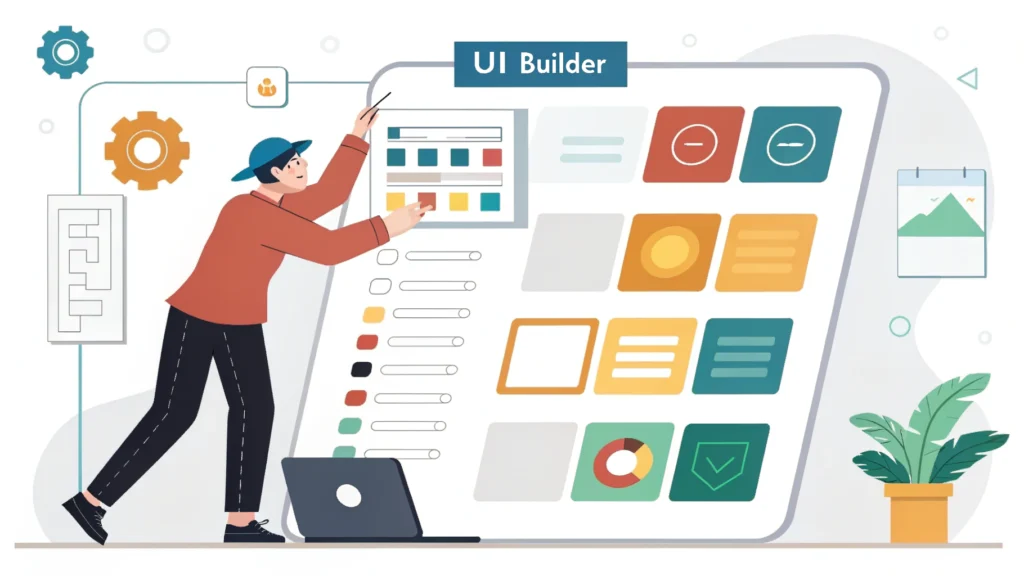Introduction
In the ever-evolving world of technology, web development remains a core skill for countless professionals. Whether you want to build websites, create applications, or simply enhance your coding skills, enrolling in a web development course can be a significant step forward. In this guide, we will walk you through the essentials of choosing a course, what you can expect to learn, and some tools that can aid your learning journey.
Why Take a Web Development Course?
Web development encompasses a variety of skills, including:
- Frontend Development (HTML, CSS, JavaScript)
- Backend Development (Node.js, PHP, Python, etc.)
- Database Management (SQL, MongoDB)
- Responsive Design and User Experience
By taking a web development course, you’ll gain structured knowledge and hands-on experience that is crucial in today’s job market.
Step-by-Step Guide to Choosing a Web Development Course
Step 1: Identify Your Goals
Before selecting a course, determine what you want to achieve. Are you looking to:
- Become a frontend developer?
- Understand full-stack development?
- Build your personal projects?
Step 2: Research Available Courses
Look for reputable platforms that offer web development courses, such as:
- Coursera
- Udemy
- edX
- freeCodeCamp
Check reviews and course outlines to find a suitable match for your goals.
Step 3: Evaluate Course Content
A good web development course should cover the following:
- HTML and CSS fundamentals
- JavaScript basics and advanced topics
- Frameworks like React, Angular, or Vue.js
- Backend programming languages
- Version control with Git
Step 4: Practical Application
Look for courses that emphasize hands-on projects. Building real applications enhances your learning experience. Consider using tools like the Button Generator, CSS Minifier, and JS Minifier to optimize your code while practicing.
Step 5: Join a Community
Being part of a community can provide support and networking opportunities. Engage in forums, social media groups, or local meetups.
Sample Code Snippet
Here’s a simple example of HTML and CSS to create a responsive button:
<!DOCTYPE html>
<html lang="en">
<head>
<meta charset="UTF-8">
<meta name="viewport" content="width=device-width, initial-scale=1.0">
<title>Responsive Button</title>
<style>
.button {
padding: 10px 20px;
background-color: #4CAF50;
color: white;
border: none;
border-radius: 5px;
cursor: pointer;
font-size: 16px;
}
.button:hover {
background-color: #45a049;
}
</style>
</head>
<body>
<button class="button">Click Me!</button>
</body>
</html>
Frequently Asked Questions
What is the duration of a typical web development course?
Courses can range from a few weeks to several months, depending on the depth and format.
Are there free web development courses available?
Yes, platforms like freeCodeCamp and Coursera offer free courses, although some may charge for certification.
What is the best programming language to start with?
HTML and CSS are essential for frontend development, while JavaScript is crucial for interactivity. For backend, languages like Python or Node.js are popular choices.
Conclusion
Choosing the right web development course is pivotal in shaping your career. With the right resources, including tools from WebToolsLab, you can enhance your learning experience. From minifying your CSS with the CSS Minifier to optimizing your HTML with the HTML Minifier, these tools will help you write cleaner, more efficient code. Start your journey today and unlock the world of web development!
